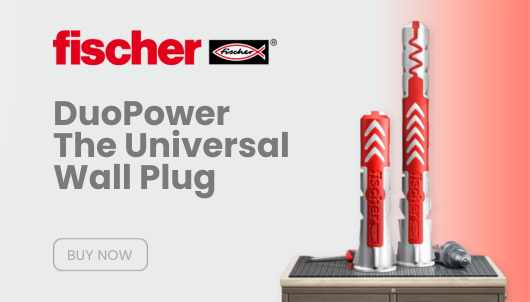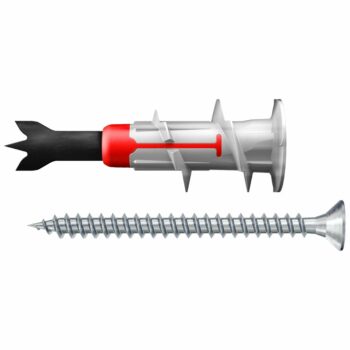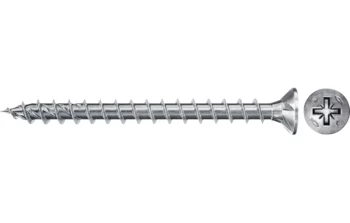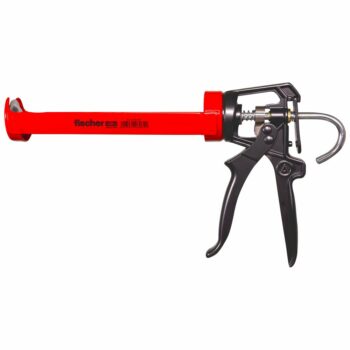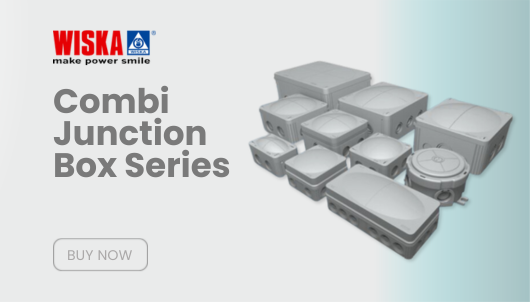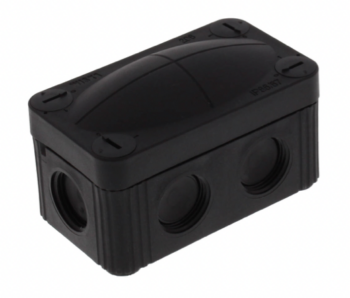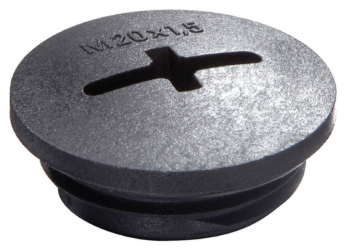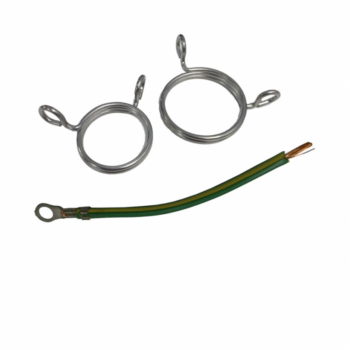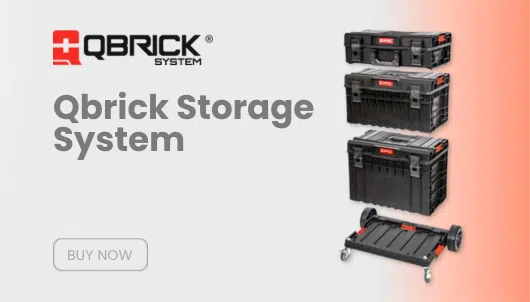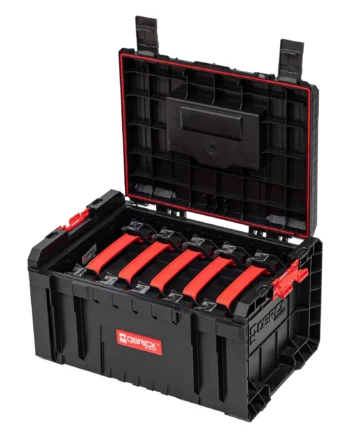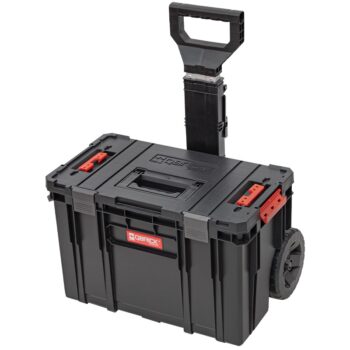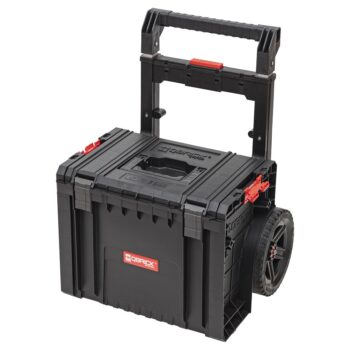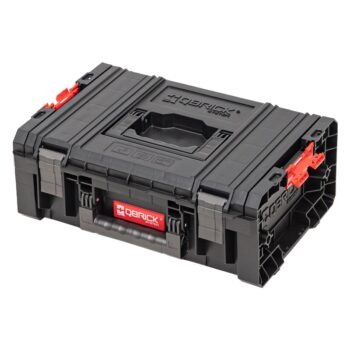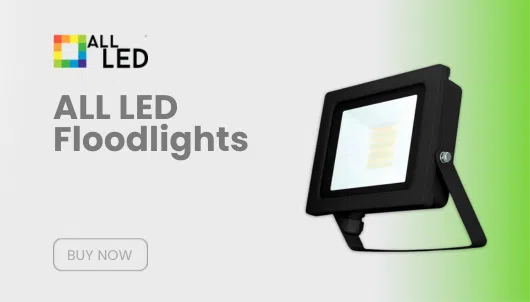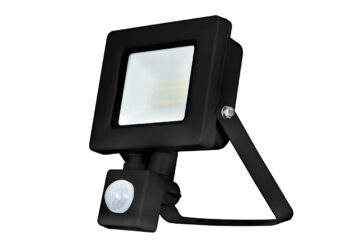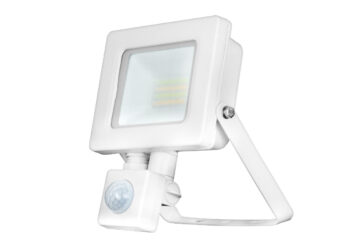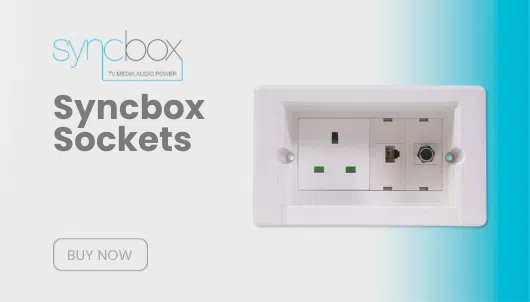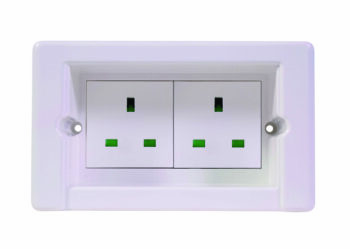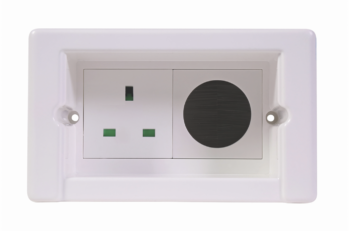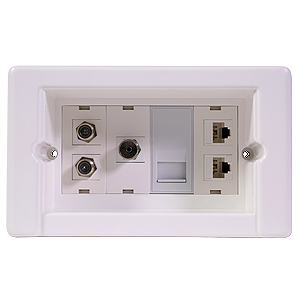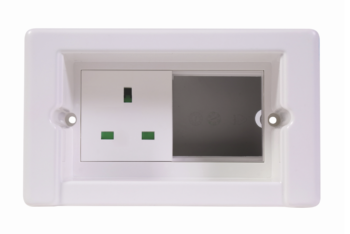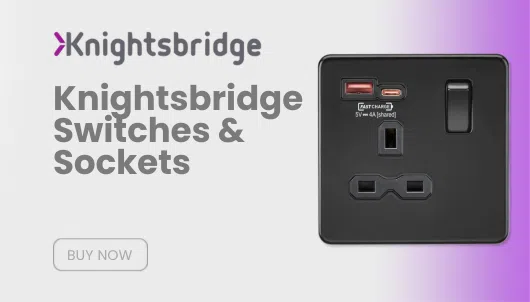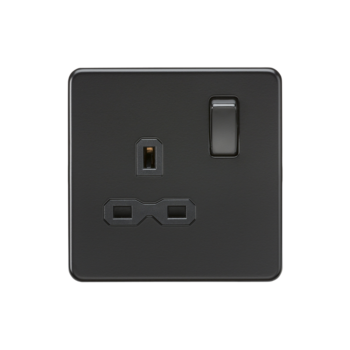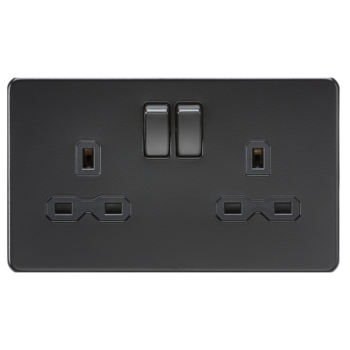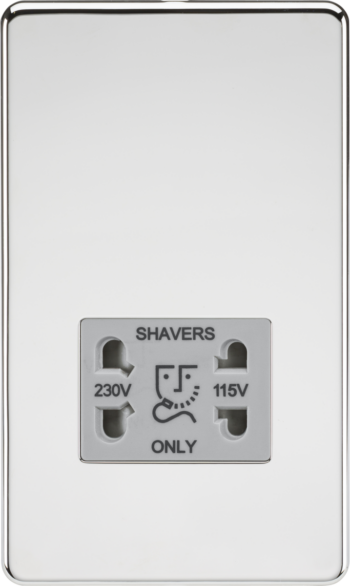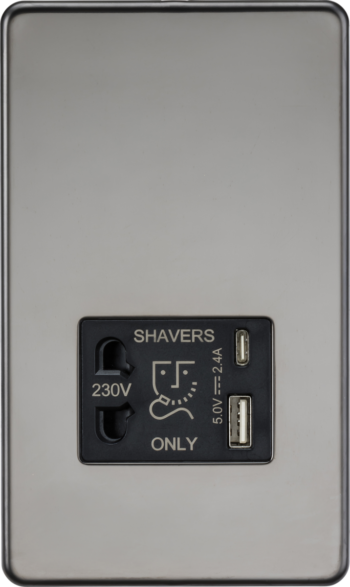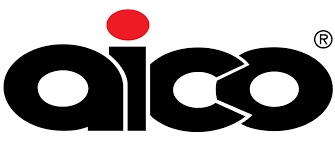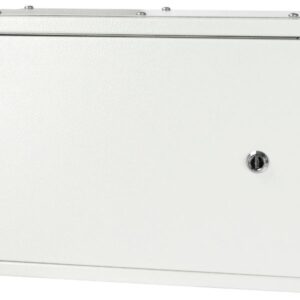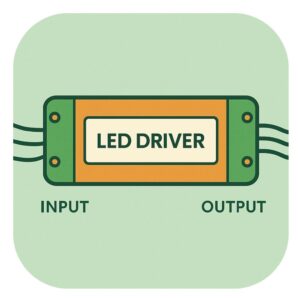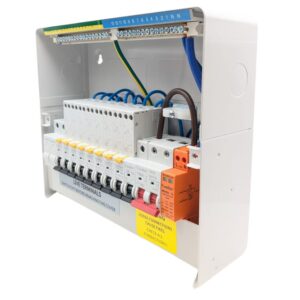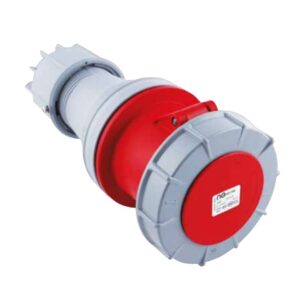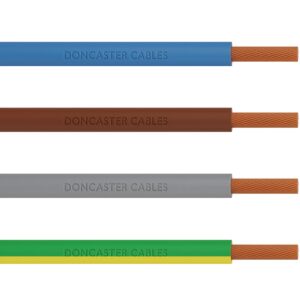Understanding RCBOs: Function, Types, and Benefits
An RCBO, or Residual Current Circuit Breaker with Overcurrent protection, is a device that combines the functions of an RCD (Residual Current Device) and an MCB (Miniature Circuit Breaker). Designed to protect electrical circuits, an RCBO detects and interrupts both overcurrent (overload and short circuit) and earth fault (residual current) conditions.
Key Functions of an RCBO:
- Overcurrent Protection: Detects and interrupts excessive currents, such as those caused by overloads or short circuits, preventing potential damage to the electrical circuit and connected devices.
- Residual Current Protection: Senses earth faults (leakage currents) and disconnects the circuit to prevent electric shock and reduce the risk of electrical fires.
To summarise, an RCBO combines MCB (Overcurrent Protection) and RCD (Leakage Currents).
Benefits of Using RCBOs:
- Enhanced Safety: Provides comprehensive protection by combining both overcurrent and earth fault detection.
- Space-Saving: Combines the functions of an MCB and RCD into a single unit, saving space in electrical distribution boards. Many manufacturers also offer compact, mini-sized RCBOs to help installers speed up installation.
- Versatility: Suitable for a wide range of applications, including residential, commercial, and industrial electrical systems.
- Compliance: Meets various safety standards and regulations, ensuring safe and reliable operation.
Applications of RCBOs:
- Residential Properties: Protects household circuits, appliances, and occupants from electrical faults.
- Commercial Buildings: Ensures the safety of electrical systems in offices, retail spaces, and other commercial environments.
- Industrial Settings: Provides protection for machinery and equipment in industrial facilities, reducing downtime and maintenance costs.
By integrating both overcurrent and residual current protection in one device, RCBOs offer a highly efficient and reliable solution for safeguarding electrical circuits and enhancing overall safety.
Types of RCBOs
RCBOs (Residual Current Circuit Breakers with Overcurrent protection) come in various types, each designed to cater to specific needs and applications. Understanding the different types can help in selecting the right RCBO for your electrical system.
1. Type AC RCBO
- Function: Detects and responds to alternating currents (AC) residual currents.
- Application: Suitable for general-purpose use in residential and light commercial installations where only AC residual currents are expected. Note: Type AC RCBOs should no longer be installed.
2. Type A RCBO
- Function: Detects both AC and pulsating DC (Direct Current) residual currents.
- Application: Ideal for use with devices that have electronic components, such as computers, televisions, and EV chargers. Commonly used in residential and commercial settings.
Bi-Directional RCBO
A Bi-Directional RCBO is a specialized type of Residual Current Circuit Breaker with Overcurrent protection that can detect and respond to residual currents and overcurrent conditions in both directions of current flow. This feature makes it particularly useful in applications where the direction of current might change, ensuring continuous protection regardless of the current flow direction.
Key Features:
- Bi-Directional Protection: Provides residual current and overcurrent protection in both directions of current flow, enhancing safety and reliability.
- Versatile Applications: Suitable for use in systems where current direction can change, such as renewable energy systems (solar PV installations) and certain industrial applications.
- Enhanced Safety: Ensures comprehensive protection against electrical faults, reducing the risk of electric shock and fire hazards.
- Compliance: Meets relevant safety standards and regulations, ensuring safe operation in various environments.
Applications of Bi-Directional RCBOs:
- Renewable Energy Systems: In solar photovoltaic (PV) systems, the current flow can reverse when energy is fed back into the grid. A bi-directional RCBO ensures protection regardless of the direction of current flow.
- Battery Storage Systems: These systems can discharge and charge, causing current to flow in both directions. A bi-directional RCBO provides protection during both charging and discharging cycles.
- Industrial Applications: In certain industrial processes, machinery and equipment might cause the current to flow in both directions. Using a bi-directional RCBO ensures continuous protection in such scenarios.
- Electric Vehicle Charging Stations: Some advanced charging systems may require bi-directional current flow, especially in vehicle-to-grid (V2G) technology. A bi-directional RCBO ensures safety for both the vehicle and the grid.
Benefits:
- Comprehensive Protection: Provides continuous protection against both residual currents and overcurrent conditions, regardless of the direction of current flow.
- Increased Safety: Reduces the risk of electrical hazards in applications where current direction can change.
- Versatility: Can be used in a wide range of applications, making it a flexible solution for modern electrical systems.
Conclusion
Bi-Directional RCBOs offer an advanced level of protection suitable for various applications, especially where the direction of current flow can change. By ensuring safety in both directions, these devices provide comprehensive protection, enhancing the reliability and safety of electrical installations.
For more information on RCBOs, visit:
Explore our full range of electrical products, including Fusebox Consumer Units and WAGO Connectors.
Understanding RCBO: Function, Types, and Benefits




